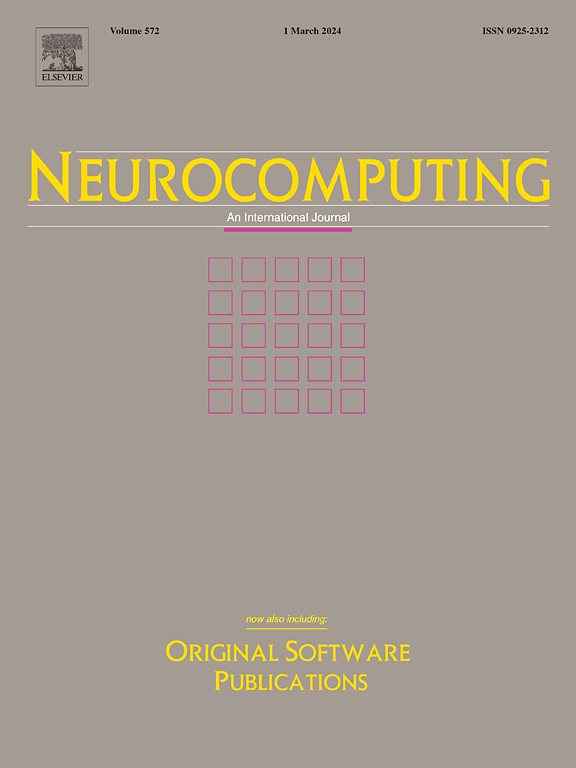Automatic visual enhancement of PTZ camera based on reinforcement learning
IF 5.5
2区 计算机科学
Q1 COMPUTER SCIENCE, ARTIFICIAL INTELLIGENCE
引用次数: 0
Abstract
Video surveillance systems have become indispensable for enhancing border security and effectively addressing threats such as illegal border crossings. Object detection plays a crucial role in real-time monitoring and event response in these systems. However, challenges arise in border scenarios, where targets exhibit small sizes, low resolutions, and limited extractable features, resulting in lower detection confidence. To overcome these limitations, we propose an advanced pan–tilt–zoom camera control method that does not require intrinsic camera parameters. The objective of this study is to accomplish visual enhancement tasks for low-confidence targets. The proposed method employs deep reinforcement learning techniques, integrating both discrete and continuous action spaces to enhance the generalization capability of agent decisions across diverse scenarios, thereby achieving optimal target monitoring. In addition, the introduction of the cutout feature fusion filter enables the agent to focus equally on each target in multitarget scenarios. In our experiments, we compared the proposed method with other approaches. The results demonstrate the superiority of the proposed method in various scenarios and object detection algorithms.
求助全文
约1分钟内获得全文
求助全文
来源期刊

Neurocomputing
工程技术-计算机:人工智能
CiteScore
13.10
自引率
10.00%
发文量
1382
审稿时长
70 days
期刊介绍:
Neurocomputing publishes articles describing recent fundamental contributions in the field of neurocomputing. Neurocomputing theory, practice and applications are the essential topics being covered.
 求助内容:
求助内容: 应助结果提醒方式:
应助结果提醒方式:


